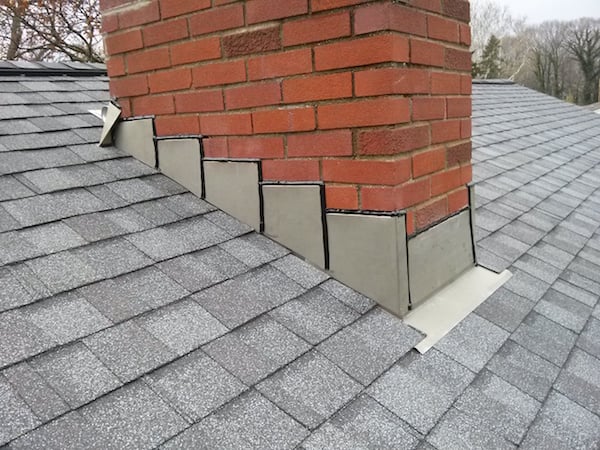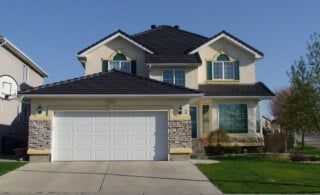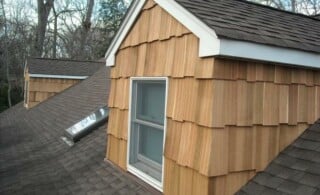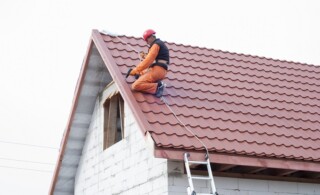
Roof flashing is an added guard against a leaking roof. This type of flashing is a strip of sheet metal installed at any break or crease in a shingled roofline. When installed around chimneys, sewer vents and fluepipes, it is often called chimney flashing or, simply, flashing. Roof flashing is an important part of basic roof construction. The absence of it can naturally cause a leak in your roof, and damaged flashing can cause even more problems, creating pooling and improper water flow.
Roof flashing is installed at the intersecting parts of your roof where rooflines join. These sections are prone to damage and roof leaks because while roof shingles usually overlap, at these joints, there is a clear joint, leaving that thin line vulnerable to the elements.
Do it Yourself Roofing
Naturally, this is not always a good idea. With flashing, though, some homeowners decide it is a simple task. If you choose to install the flashing yourself, be sure to do your homework. It is more complicated than a bit of roofing glue and some roofing nails. You will want to be able to recognize potential problems like dry, crumbled shingle edges, cracked corners, rot-softened wood and more, as well as be able to install the flashing properly once you know the roof is ready for it.
Flashing should be installed much the same way shingles are—overlapping from one piece to the next, allowing water to run off of your roof rather than seep inside. It can be placed with roofing cement, roofing nails or both, but if installed improperly, the cement can erode and the nails can become holes in your roof rather than the fasteners they were meant to be. More often, it is a good idea to call in the professionals.
Ready to start your roof flashing?
Find ProsProfessional Roof Flashing Installation
Most homes have flashing installed during the building phase, but it deteriorates over time. Sometimes that is the cause of poor installation, other times it is simple wear and tear. Maintenance and early repair prevent roof leaks from occurring. Inspecting your roof flashing is important if you suspect a problem. Obvious problems can be something as simple loose flashing visible from the driveway, or as blunt and unwelcome as a leaking ceiling.
Like any part of your home, you should always self-inspect or professionally inspect with regularity. Perhaps the easiest time to check your roof and chimney flashing is when you are cleaning your gutters. Take the extra time to walk the roof and inspect the shingles and flashing. Or have your gutter cleaning service do it for you. If you see or suspect a problem, call a roofing professional immediately, before the rain falls and you find yourself with too much water and not enough buckets.
Roofing is not something to mess with. A small problem can easily turn into flooded walls and crawl spaces. Be sure you check the references of your roofing professional, and do your basic home maintenance and inspection. It is an easy task, but, if neglected, a potential for serious problems.
 Best Asphalt Shingles – A Buyer’s Guide
Best Asphalt Shingles – A Buyer’s Guide  Rubber Roofing – Benefits & Alternatives
Rubber Roofing – Benefits & Alternatives  Should You Layer Shingles on Your Roof?
Should You Layer Shingles on Your Roof?  Built Up Roof Basics
Built Up Roof Basics  How to Find & Fix a Leaking Roof
How to Find & Fix a Leaking Roof 

Are You Familiar With This Topic? Share Your Experience.